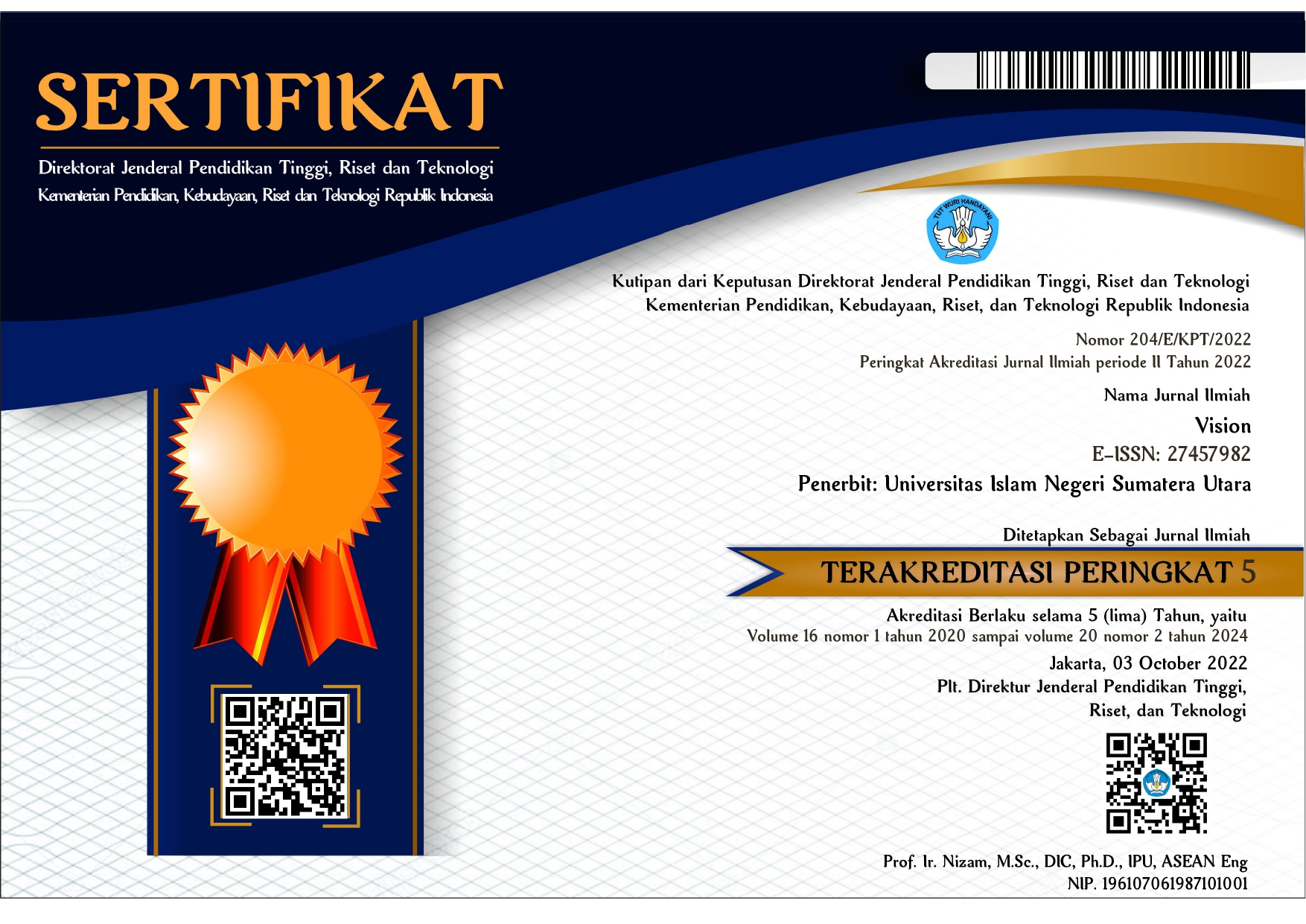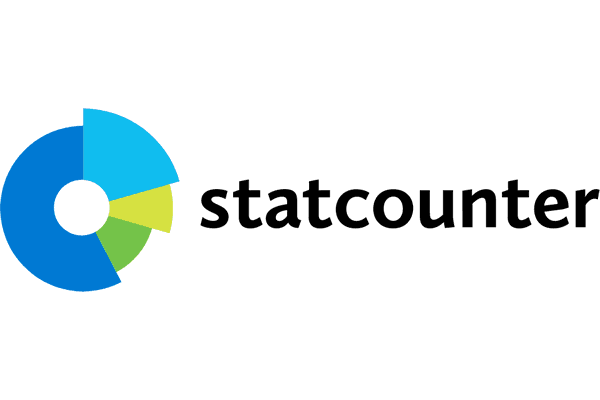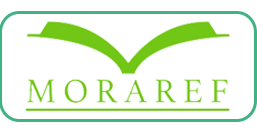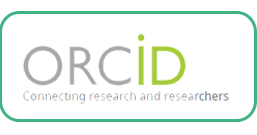EFL STUDENTS’ WTC EXPERIENCES THROUGH PROJECT-BASED LEARNING: A THEMATIC ANALYSIS
Abstract
EFL students are highly demanded both to engage and to involve intensively in classroom interaction in order to massively practice communication skill in English. In this case, EFL students can supportively participate in Willingness to Communicate (WTC) through the implementation of project-based learning. Given to this recent attention, this research investigates students’ WTC experiences during project completion. Qualitative research method with thematic analysis approach was applied and four eligible participants with specific criteria were chosen to answer the semi-structure interview. The emerging data were classified to importing two themes; conversational setting and particular interlocutors. Results reveal students’ higher WTC only occurred at the classroom under the lecturer’s surveillance, they tend to discuss with Bahasa during completing project outside the classroom. It implies that the implementation of project-based learning only offers situation-based activity to create the dynamic interaction among EFL students. The more systematic stages of project-based learning need to develop to promote higher WTC in EFL context.
Full Text:
PDFReferences
Alemneh, S., & Gebrie, G. (2024). The role of project-based learning in improving the writing ability and sub-writing abilities of 10th grade Amharic speaking students. Social Sciences & Humanities Open, 9, 100843.
Amiryousefi, M. (2018). Willingness to communicate, interest, motives to communicate with the instructor, and L2 speaking: A focus on the role of age and gender. Innovation in Language Learning and Teaching, 12(3), 221-234.
Bai, S. (2023). The predictive effects of foreign language anxiety and boredom on willingness to communicate among Chinese struggling EFL learners. Heliyon, 9(9).
Boardman, A. G., & Hovland, J. B. (2022). Student perceptions of project-based learning in inclusive high school language arts. International Journal of Inclusive Education, 1-16.
Brown, H. D. (2014). Principles of language learning and teaching: A course in second language acquisition. Pearson.
Cao, Y., & Philp, J. (2006). Interactional context and willingness to communicate: A comparison of behavior in whole class, group and dyadic interaction. System, 34(4), 480-493.
Chen, C. H., & Yang, Y. C. (2019). Revisiting the effects of project-based learning on students’ academic achievement: A meta-analysis investigating moderators. Educational Research Review, 26, 71-81.
Ching, Y. H., & Hsu, Y. C. (2013). Peer feedback to facilitate project-based learning in an online environment. International Review of Research in Open and Distributed Learning, 14(5), 258-276.
Creswell, J. W., & Poth, C. N. (2016). Qualitative inquiry and research design: Choosing among five approaches. Sage publications.
Daniela, V. (2016). Developing speaking skills through project based learning. Santiago: Alberto Hurt Ado University
Demir, C. G., & Önal, N. (2021). The effect of technology-assisted and project-based learning approaches on students’ attitudes towards mathematics and their academic achievement. Education and Information Technologies, 26(3), 3375-3397.
Dewaele, J. M., & Dewaele, L. (2018). Learner-internal and learner-external predictors of willingness to communicate in the FL classroom. Journal of the European Second Language Association, 2(1), 24-37.
Dörnyei, Z. (2002). The motivational basis of language learning tasks. Individual differences and instructed language learning, 2, 137-158.
Ellis, R. (2015). Understanding second language acquisition 2nd edition. Oxford university press.
Fadilah, E. (2018). Willingness to communicate from Indonesian learners’ perspective: A dynamic complex system theory. Journal of ELT Research (JER), 3(2), 168-185.
Halupka-Rešetar, S., Knežević, L., & Topalov, J. (2018). Revisiting willingness to communicate in English as a foreign language: The Serbian perspective. Journal of Multilingual and Multicultural Development, 39(10), 912-924.
Hewitt, E., & Stephenson, J. (2012). Foreign language anxiety and oral exam performance: A replication of Phillips's MLJ study. The Modern Language Journal, 96(2), 170-189.
Hung, C. M., Hwang, G. J., & Huang, I. (2012). A project-based digital storytelling approach for improving students' learning motivation, problem-solving competence and learning achievement. Journal of Educational Technology & Society, 15(4), 368-379.
Jaime, A., Blanco, J. M., Domínguez, C., Sánchez, A., Heras, J., & Usandizaga, I. (2016). Spiral and project-based learning with peer assessment in a computer science project management course. Journal of Science Education and Technology, 25, 439-449.
Kang, S. J. (2005). Dynamic emergence of situational willingness to communicate in a second language. System, 33(2), 277-292.
Ke, L. (2010). Project-based College English: An Approach to Teaching Non-English Majors. Chinese Journal of Applied Linguistics (Foreign Language Teaching & Research Press), 33(4).
Khatib, M., & Nourzadeh, S. (2015). Development and validation of an instructional willingness to communicate questionnaire. Journal of Multilingual and Multicultural Development, 36(3), 266-283.
King, R. B. (2015). Sense of relatedness boosts engagement, achievement, and well-being: A latent growth model study. Contemporary Educational Psychology, 42, 26-38.
Koh, J. H. L., Herring, S. C., & Hew, K. F. (2010). Project-based learning and student knowledge construction during asynchronous online discussion. The Internet and Higher Education, 13(4), 284-291.
Lee, J. S., & Hsieh, J. C. (2019). Affective variables and willingness to communicate of EFL learners in in-class, out-of-class, and digital contexts. System, 82, 63-73.
Lin, C. L. (2018). The development of an instrument to measure the project competences of college students in online project-based learning. Journal of Science Education and Technology, 27(1), 57-69.
Lubis, N., & Lubis, A. (2023). Willingness to Communicate Practices: A Case Study in Indonesian EFL Classroom. Majalah Ilmiah METHODA, 13(3), 314-318.
Lubis, N., Lubis, A., & Purba, N. B. (2020). Project-Based Learning Collaborated with Digital Media for Indonesian EFL Learners’ Self-Confidence and Communication Skill. Jurnal Pendidikan Dan Pembelajaran Terpadu, 2(1), 10-17.
Lubis, N., & Lubis, A. (2019, April). Enhancing 21st Century Skill through Teaching Model Collaboration in Indonesian EFL Classroom. In 3rd Asian Education Symposium (AES 2018) (pp. 477-480). Atlantis Press.
MacIntyre, P. D., & Vincze, L. (2017). Positive and negative emotions underlie motivation for L2 learning. Studies in Second Language Learning and Teaching, 7(1), 61-88.
MacIntyre, P. D., & Wang, L. (2021). Willingness to communicate in the L2 about meaningful photos: Application of the pyramid model of WTC. Language Teaching Research, 25(6), 878-898.
MacIntyre, P. D., Baker, S. C., Clément, R., & Conrod, S. (2001). Willingness to communicate, social support, and language-learning orientations of immersion students. Studies in second language acquisition, 23(3), 369-388.
MacIntyre, P. D., Clément, R., Dörnyei, Z., & Noels, K. A. (1998). Conceptualizing willingness to communicate in a L2: A situational model of L2 confidence and affiliation. The modern language journal, 82(4), 545-562.
MacIntyre, P. D., & Charos, C. (1996). Personality, attitudes, and affect as predictors of second language communication. Journal of language and social psychology, 15(1), 3-26.
Mystkowska-Wiertelak, A., & Pawlak, M. (2016). Designing a tool for measuring the interrelationships between L2 WTC, confidence, beliefs, motivation, and context. Classroom-oriented research: reconciling theory and practice, 19-37.
Mystkowska-Wiertelak, A., & Pawlak, M. (2017). Willingness to communicate in instructed second language acquisition: Combining a macro-and micro-perspective (Vol. 110). Multilingual Matters.
Mystkowska-Wiertelak, A., & Pawlak, M. (2017). Willingness to communicate in instructed second language acquisition: Combining a macro-and micro-perspective (Vol. 110). Multilingual Matters.
Peng, J. (2013). The challenge of measuring willingness to communicate in EFL contexts. The Asia-Pacific Education Researcher, 22, 281-290.
Peng, J. E., & Woodrow, L. (2010). Willingness to communicate in English: A model in the Chinese EFL classroom context. Language learning, 60(4), 834-876.
Shen, X., & Byfield, L. (2018). Promoting English learners’ willingness to communicate in content-area classrooms. The Clearing House: A Journal of Educational Strategies, Issues and Ideas, 91(6), 250-257.
Syed, H., & Kuzborska, I. (2020). Dynamics of factors underlying willingness to communicate in a second language. The language learning journal, 48(4), 481-500.
Stentoft, D. (2019). Problem-based projects in medical education: extending PBL practices and broadening learning perspectives. Advances in Health Sciences Education, 24(5), 959-969.
Zarei, N., Saeidi, M., & Ahangari, S. (2019). Exploring EFL teachers’ socioaffective and pedagogic strategies and students’ willingness to communicate with a focus on Iranian culture. Education Research International, 2019, 1-11.
Zarrinabadi, N., Ketabi, S., & Abdi, R. (2014). Facilitating willingness to communicate in the second language classroom and beyond. The clearing house: A journal of educational strategies, issues and ideas, 87(5), 213-217.
Zhang, Q., Song, Y., & Zhao, C. (2024). Foreign language enjoyment and willingness to communicate: the mediating roles of communication confidence and motivation. System, 103346.
DOI: http://dx.doi.org/10.30829/vis.v20i1.3537
Refbacks
- There are currently no refbacks.
Copyright (c) 2024 VISION
















